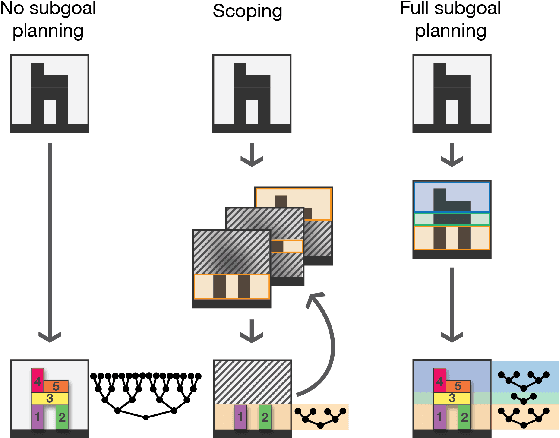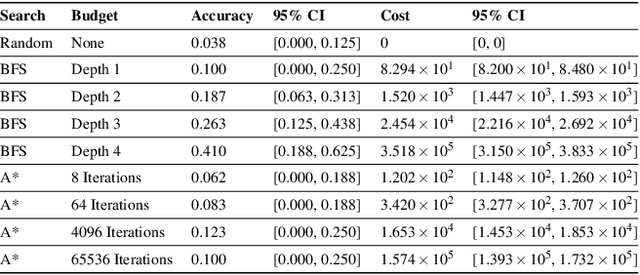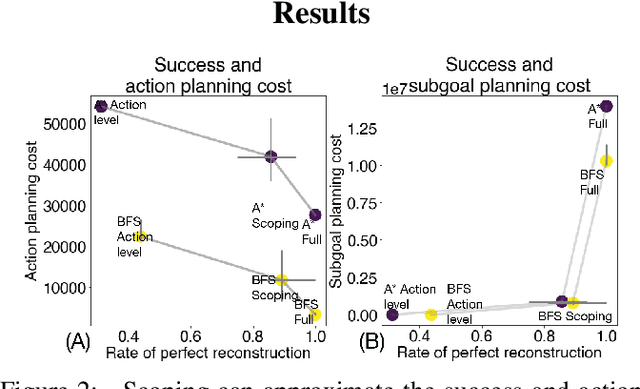Felix J Binder
Looking Inward: Language Models Can Learn About Themselves by Introspection
Oct 17, 2024Abstract:Humans acquire knowledge by observing the external world, but also by introspection. Introspection gives a person privileged access to their current state of mind (e.g., thoughts and feelings) that is not accessible to external observers. Can LLMs introspect? We define introspection as acquiring knowledge that is not contained in or derived from training data but instead originates from internal states. Such a capability could enhance model interpretability. Instead of painstakingly analyzing a model's internal workings, we could simply ask the model about its beliefs, world models, and goals. More speculatively, an introspective model might self-report on whether it possesses certain internal states such as subjective feelings or desires and this could inform us about the moral status of these states. Such self-reports would not be entirely dictated by the model's training data. We study introspection by finetuning LLMs to predict properties of their own behavior in hypothetical scenarios. For example, "Given the input P, would your output favor the short- or long-term option?" If a model M1 can introspect, it should outperform a different model M2 in predicting M1's behavior even if M2 is trained on M1's ground-truth behavior. The idea is that M1 has privileged access to its own behavioral tendencies, and this enables it to predict itself better than M2 (even if M2 is generally stronger). In experiments with GPT-4, GPT-4o, and Llama-3 models (each finetuned to predict itself), we find that the model M1 outperforms M2 in predicting itself, providing evidence for introspection. Notably, M1 continues to predict its behavior accurately even after we intentionally modify its ground-truth behavior. However, while we successfully elicit introspection on simple tasks, we are unsuccessful on more complex tasks or those requiring out-of-distribution generalization.
Visual scoping operations for physical assembly
Jun 10, 2021



Abstract:Planning is hard. The use of subgoals can make planning more tractable, but selecting these subgoals is computationally costly. What algorithms might enable us to reap the benefits of planning using subgoals while minimizing the computational overhead of selecting them? We propose visual scoping, a strategy that interleaves planning and acting by alternately defining a spatial region as the next subgoal and selecting actions to achieve it. We evaluated our visual scoping algorithm on a variety of physical assembly problems against two baselines: planning all subgoals in advance and planning without subgoals. We found that visual scoping achieves comparable task performance to the subgoal planner while requiring only a fraction of the total computational cost. Together, these results contribute to our understanding of how humans might make efficient use of cognitive resources to solve complex planning problems.
 Add to Chrome
Add to Chrome Add to Firefox
Add to Firefox Add to Edge
Add to Edge